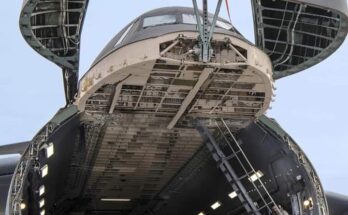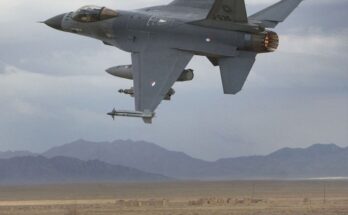
Incident Summary
- On January 2, 2024, Japan Airlines Flight 516, an Airbus A350-900, landed at Tokyo’s Haneda Airport after a flight from Sapporo. During its landing, it collided with a Japan Coast Guard Dash-8 aircraft on the runway.AP NewsWikipediaAl Jazeera
- The A350 immediately erupted into flames, with fire spreading around the left engine area.WikipediaAl Jazeera
- All 379 passengers and crew aboard the JAL flight evacuated safely in what was later described as a “textbook evacuation.” Evacuation completed within 11 to 18 minutes post-collision.AP NewsWikipedia+3Wikipedia+3Wikipedia+3Business Insider+1The Guardian+1BBCThe Washington Post
- Sadly, the Dash-8 crew suffered heavy loss, with five of six on board killed and only the pilot surviving with serious injuries.AP NewsBusiness InsiderWikipediaBBCWBBH
- The airport’s fire crews responded rapidly, with around 70 fire trucks attending and the blaze extinguished by midnight.WikipediaAl Jazeera
What Went Wrong
1. Runway Miscommunication
- Investigations revealed a serious communication failure between air traffic control (ATC) and the Coast Guard aircraft:
- Flight 516 had been cleared to land.
- However, the Coast Guard plane had been instructed only to taxi to a holding point, not to enter the runway.AP News+2AP News+2The GuardianBangkok PostIndia TodayReddit
- The Coast Guard crew apparently misinterpreted the instruction “No. 1” as clearance to enter.AP NewsReddit
- As a result, both aircraft ended up on the same runway, triggering the collision.AP News+1The GuardianBangkok PostIndia TodayReddit
2. Emergency Evacuation Execution
- The intercom system failed, so cabin crew resorted to megaphones and shouted instructions. Pilots were unaware of the fire until informed by crew.WikipediaThe Guardian+1The Washington PostAl JazeeraCNBC
- Passengers followed instructions calmly, avoided retrieving carry-on luggage, and prioritized evacuation—contributing to its success.The GuardianThe Washington Post+1BBCIndia TodayRedditWikipedia
- Experts commented that modern carbon-fiber composite materials (used in A350s) may have helped contain the fire long enough for everyone to evacuate.Business InsiderAP NewsThe Washington PostWikipedia
Key Safety Concerns Highlighted
- Runway Incursion Risks
Misinterpreted ATC instructions can result in deadly runway conflicts. - Communication Protocol Ambiguity
Terminology like “No. 1” can be misunderstood; clarity in ATC phrasing is essential, especially during busy periods. - Redundant Safety Systems
Reliance on a single system (e.g., PA intercom) poses risks—backup communication methods (like megaphones) proved critical. - Importance of Crew Training
Well-rehearsed, calm procedures from crew and passengers were the difference between life and death. - Material Behavior in Fire
Composite fuselages behave differently in fires; while offering benefits, they also pose new challenges.
What’s Being Done
- The Japan Transport Safety Board (JTSB) is investigating, focused on ATC protocols, communication clarity, and procedural redundancies.AP News+1The GuardianRedditWikipedia
- International agencies, including Airbus, are assisting to assess structural and design-related implications.Business InsiderAP NewsThe GuardianIndia Today
- JAL and regulators are reviewing and strengthening emergency communication systems, evacuation procedures, and ATC phrasing standards.
In Summary
The runway fire aboard JAL Flight 516 was triggered by human and procedural error in ATC communication, resulting in a collision. Yet, thanks to prepared crews, alert passengers, and robust aircraft design, all on board the A350 evacuated safely. The incident underscores the importance of clear instructions, backup systems, and consistent safety training.
Further reading on the incident

